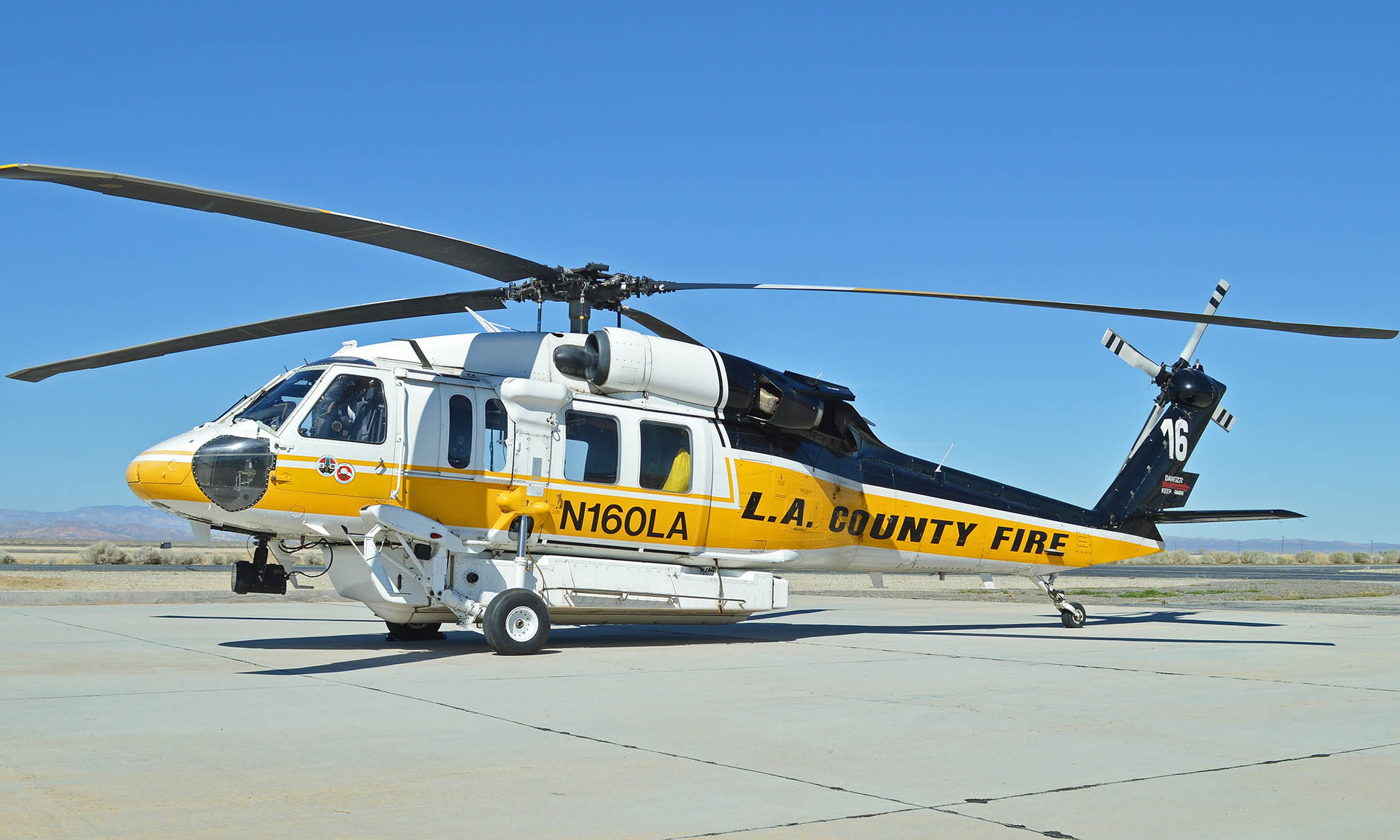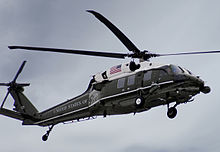A Look at the Sikorsky S 70's Role in Army and Civil Aviation
High-Performance Multi-Role Rotorcraft Featuring Advanced Cabin Technologies and Integrated Sensing Unit Equipments
The realm of rotorcraft technology has seen notable innovations in recent times, specifically in the realm of high-performance multi-role rotorcraft outfitted with advanced cockpit technologies and seamlessly incorporated sensor systems. In the adhering to discussion, we will discover the advancement of rotorcraft innovation, dive right into the realm of advanced cabin innovations, and take a look at the effects of integrated sensing unit systems on the operational adaptability and performance of modern-day rotorcraft.
Development of Rotorcraft Modern Technology
The evolution of rotorcraft innovation has been marked by considerable innovations in the rules of aerodynamics, materials, and propulsion systems, shaping the abilities and performance of modern rotorcraft. Aerodynamic enhancements have actually boosted the effectiveness and ability to move of rotorcraft, enabling for raised speed, agility, and stability throughout flight (sikorsky s 70). Innovations in materials, such as the use of composite materials and progressed alloys, have resulted in lighter yet stronger rotorcraft structures, boosting general performance and toughness. In addition, advancements in propulsion systems, including more powerful engines and cutting-edge propulsion technologies, have made it possible for rotorcraft to attain greater elevations, faster rates, and better hauls.
These developments have not only changed the capacities of rotorcraft however have likewise broadened their applications across numerous markets, consisting of army, industrial, and emergency solutions. The continuous evolution of rotorcraft modern technology continues to drive development in the field, pushing the borders of what is possible and forming the future of upright trip.
Advanced Cockpit Innovations
Building upon the fundamental advancements in the rules of aerodynamics, materials, and propulsion systems, the world of rotorcraft technology currently moves emphasis towards introducing Advanced Cockpit Innovations. The integration of advanced technologies within the cockpit setting plays an important role in enhancing the functional capabilities, safety and security, and performance of contemporary rotorcraft. sikorsky s 70. Advanced Cabin Innovations encompass a broad array of functions made to offer pilots with improved situational awareness, streamlined information monitoring, and instinctive control user interfaces
Among the crucial developments in cabin design is the application of glass cockpits, which change traditional analog assesses with high-resolution display screens. These digital systems use customizable designs, real-time information integration, and boosted readability, enabling pilots to access important details at a glimpse. Progressed avionics systems, such as fly-by-wire controls and increased truth displays, are changing just how pilots communicate with the airplane, allowing for exact control and improved decision-making abilities.


Including innovative cockpit innovations not only boosts pilot performance yet likewise contributes to total objective effectiveness and security in complicated operational atmospheres. By leveraging cutting edge modern technologies within the cabin, rotorcraft producers are setting new criteria for functional excellence and goal success.
Integrated Sensor Solutions
With the development of rotorcraft technology, the combination of advanced Integrated Sensor Solution has come to be critical in boosting functional effectiveness and safety. These Integrated Sensor Equipments encompass a vast range of modern technologies that offer critical information for various functions such as navigation, surveillance, targeting, and environmental tracking. By flawlessly integrating sensing units like radars, video cameras, lidar, and infrared systems right into rotorcraft, drivers can take advantage of improved situational recognition, enhanced mission abilities, and lowered pilot workload.
One secret benefit of Integrated Sensing unit Solutions is their ability to gather real-time data and supply workable insights to pilots and mission operators. For example, advanced radar systems can spot and track targets over fars away, permitting for very early threat detection and efficient action preparation. Furthermore, integrating infrared and electro-optical electronic cameras makes it possible for rotorcraft to conduct reconnaissance and security goals with accuracy and accuracy.
Basically, the assimilation of innovative sensing unit innovations into rotorcraft not only enhances operational efficiency yet additionally contributes substantially to overall goal success and staff safety. As rotorcraft remain to progress, the role of Integrated Sensor Solution will unquestionably remain at the leading edge of innovation in the aerospace industry.
Functional Adaptability and Effectiveness
Enhancing operational versatility and effectiveness in rotorcraft is a natural progression from the combination of innovative Integrated Sensing unit Systems. By leveraging the insights and data provided by these cutting-edge sensing unit systems, rotorcraft can enhance their performance across various goals and atmospheres.
Operational adaptability includes the ability of rotorcraft to adapt to various functions and situations successfully. With sophisticated cockpit innovations and integrated sensing unit systems, rotorcraft can perfectly change in between tasks such as search and rescue, medical emptying, monitoring, and more. This flexibility enhances the rotorcraft's capacity to meet varied operational demands without requiring comprehensive reconfiguration.
Effectiveness in rotorcraft procedures is vital for making best use of objective efficiency and source usage. Integrated sensing unit systems play a critical role in enhancing operational effectiveness by providing real-time data on climate condition, surface mapping, target monitoring, and much more. This information enables pilots to make anonymous educated choices promptly, optimize flight paths, save gas, and improve total objective productivity.
Effect On Modern Aviation Workflow

Furthermore, the combination of sophisticated sensors facilitates improved goal planning and implementation, allowing rotorcraft my latest blog post to do a large range of tasks with boosted precision. From search and rescue procedures to airborne firefighting and police objectives, the capacities of modern rotorcraft geared up with advanced cockpit modern technologies and integrated sensor systems are unequaled.
Furthermore, the influence of these developments prolongs beyond functional efficiency to cost-effectiveness and sustainability. By enhancing trip routes, gas consumption, and maintenance timetables, high-performance rotorcraft equipped with innovative cockpit innovations and sensing units add to minimizing operational costs and environmental influence, making them essential properties in modern air travel procedures.
Verdict
To conclude, the high-performance multi-role rotorcraft with sophisticated cabin technologies and integrated sensor systems stands for a considerable advancement in air travel innovation. These technologies enhance functional convenience and performance, ultimately affecting contemporary air travel procedures in a favorable means. The integration of these advanced technologies enables improved capabilities and performance in numerous goal situations, showcasing the proceeded improvement of rotorcraft modern technology in the air travel industry.
The realm of rotorcraft technology has actually Full Report seen remarkable innovations in recent times, especially in the realm of high-performance multi-role rotorcraft furnished with advanced cabin modern technologies and effortlessly integrated sensor systems. From boosted goal adaptability to enhanced operational performance, the convergence of advanced cabin innovations and integrated sensing unit systems has ushered in a new period of possibilities for rotorcraft applications. In the following discussion, we will discover the development of rotorcraft technology, dive right into the world of sophisticated cockpit technologies, and take a look at the implications of incorporated sensor systems on the functional flexibility and effectiveness of contemporary rotorcraft.
